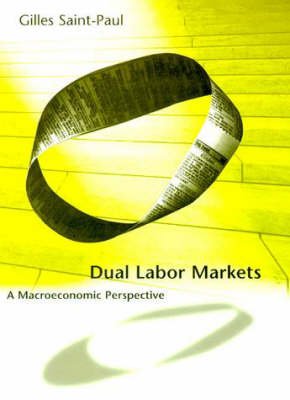The MIT Press
1 total work
The labor market consists of two tiers. Workers in the upper tier enjoy high wages, good benefits, and employment security, and they are often unionized. Workers in the lower tier experience low wages, high turnover, job insecurity, and little chance of promotion. Until now, dual labor market theory has focused mainly on microeconomic factors such as discrimination, poverty, and public welfare. Dual Labor Markets considers the macroeconomic implications of the dual market. The book uses theoretical models derived from the author's research over the past six years to analyze such policy issues as the level and persistence of unemployment, the level of real wages, the accumulation of human capital, and the political viability of labor market reform in the United States and Europe.
